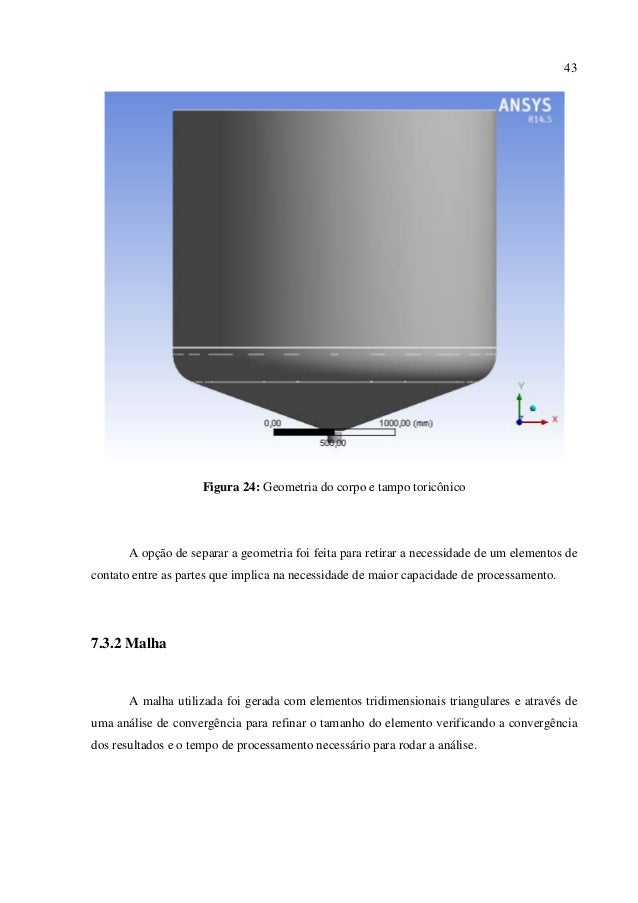The topics below provide the system requirements for each Abaqus platform. To view the range of Abaqus system requirements on a particular platform, click to expand the information for that topic. For each platform, the system requirements are presented in four tables, as follows:.

General Requirements: The minimum requirements applicable for all Abaqus products and features. Additional Requirements: Extra requirements needed for specific Abaqus products and features. Requirements to View Online Documentation. Other Platform NotesMore detailed explanations of the table contents and terminology are provided after the tables.
The topics below provide the system requirements for each Abaqus platform. System requirements include hardware, operating system versions, and any other tools required to run Abaqus. The Abaqus System Requirements web pages define the range of supported configurations.

General RequirementsProduct/FeatureRequirementSpecificationApplicable for all Abaqus products supported on this platformProcessorx86-32 1Applicable for all Abaqus products supported on this platformOS Level 3. Windows Vista 2. Windows 7Notes:1 The minimum processor required is equivalent to Intel Pentium 4 or AMD processors supporting instruction set.2 Although some Vista editions have not undergone formal qualification testing, Vista Home Basic, Home Premium, Business and Ultimate editions are all considered compatible with Abaqus 6.12 and are supported. See the web page for tested Vista editions.3 Microsoft Visual C 2005 SP1 and 2008 SP1 runtime libraries are required required and installed during the Abaqus installation. General RequirementsProduct/FeatureRequirementSpecificationApplicable for all Abaqus products supported on this platformProcessorx86-64Applicable for all Abaqus products supported on this platformOS Level 2. Windows Server 2008 R2. Windows HPC Server 2008.
Windows Vista 1. Windows 7Notes:1 Although some Vista editions have not undergone formal qualification testing, Vista Home Basic, Home Premium, Business and Ultimate editions are all considered compatible with Abaqus 6.12 and are supported. See the web page for tested Vista editions.2 Microsoft Visual C 2005 SP1 and 2008 SP1 runtime libraries are required required and installed during the Abaqus installation. Both 32-bit & 64-bit runtime libraries are required to perform some translator functions. Explanations of Table Contents and TerminologySystem requirements include hardware, operating system versions, and any other tools required to run Abaqus.
Where more than one specification is listed for a given requirement, select one from the list. The Abaqus System Requirements web pages define the range of supported configurations. The intent is to support any combination of specifications within the defined range. Minor updates to operating systems, compilers and other system requirements are usually compatible. Earlier versions of prerequisites are generally not compatible, and thus are not supported. Any exceptions identified which affect compatibility of minor updates will be noted here.General Requirements are the minimum system requirements which are necessary to utilize any Abaqus product or feature supported on this platform; however the minimum requirements are not sufficient to support all Abaqus products or capabilities.
Additional Requirements, beyond the General Requirements, are necessary for specific Abaqus products and features. Additional Requirements must be met only if you want to use the specific Abaqus product or feature associated with the requirement.Final configurations depend on successful testing outcomes. Supported platforms and configurations are subject to change without notice.
ANSYS Hardware InformationANSYS’s comprehensive suite of software places demands on computing and hardware resources that can vary significantly from one model to another. This article provides some high-level recommendations for purchasing computing hardware for simulation purposes. Factors that will determine the optimal computing hardware for your needs include:. Model physics (Fluids, Structures, Electronics). Model size. Model complexity.
Current hardware and solution times. BudgetANSYS General Platform Support Recommendations Mechanical Performance Considerations:CPU (Processor):. Solver is aided by AVX512 support, thus Intel CPUs based on Skylake-SP and Skylake-X or newer are recommended. Check for AVX512 Support (but not Xeon Phi series).
Examples of recommended CPUs for HPC applications: or (12 cores), (18 cores. 2 = 36 cores). High core frequency is ideal, but actual frequency is dependent or core use, instruction set use, and adequate cooling.
Is an excellent resource on turbo speeds:Memory (RAM):. Memory capacity is very important. The model solution should be solving in RAM (“in-core”) and not paging to hard drive (“out-of-core”). About 15 GB per million degrees of freedom is required, but this is approximate (45 GB per million solid nodes in structural analysis). Fastest memory (i.e. 2666 MHz for servers or 3200+ for i9 based desktops). To operate at maximum speed, all memory channels in both processors should be populated with equal amounts of memory.
Solidworks Nessecario Para Rodar Windows 10
On the subject. Note: Purchasing more RAM will alleviate I/O issues, as (1) the solver can use this memory to avoid doing as much I/O, and (2) the operating system can then use available RAM to cache or buffer these I/O that MAPDL writes.Hard Drives:. An SSD is highly recommended for all simulation work. NVMe SSDs are recommended when possible. Intermediate endurance levels are recommended (0.3 DWPD), not QLC NAND. Note: For DMP, the program writes results files for every core in use, so having SSDs with a lower seek time will reduce waiting for hard drive seeks to read/write to all those different files. It also assists with post-processing.
Ansys 19 Minimum System Requirements
Running large models out of RAM (“out-of-core”) will accelerate SSD wear (consume its write endurance), but is still preferable to not using an SSD.Graphics:The following cards are supported as of ANSYS v19.2 (Please refer to ):. A mid-range graphics card (such as Nvidia Quadro P2000 and AMD Radeon Pro WX5100) can be used.